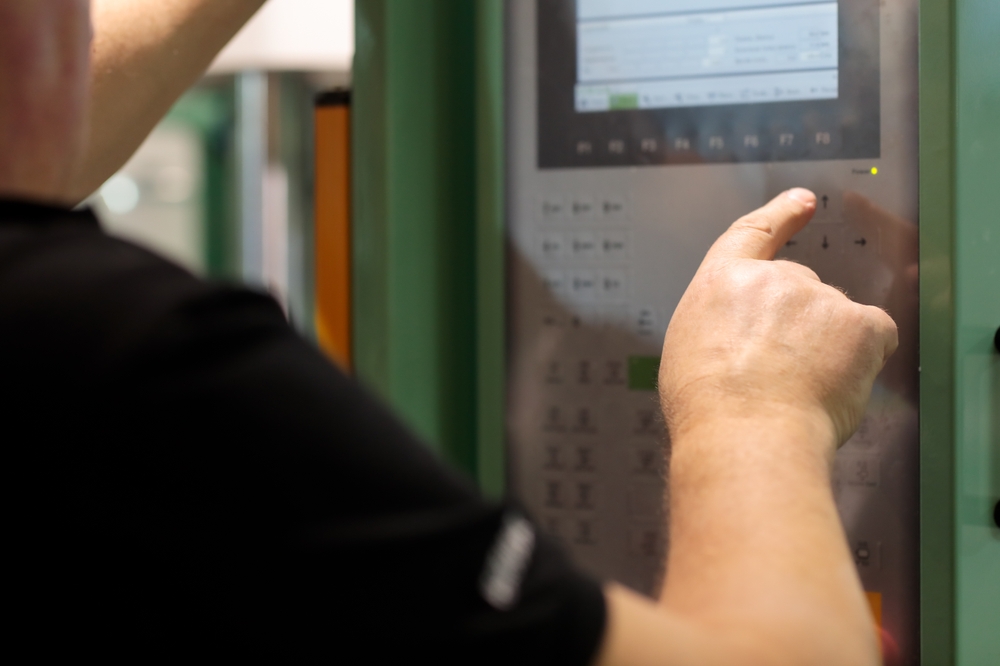6 Tips for Parameter Tuning VFDs

Parameter tuning for a variable frequency drive (VFD) is anything but guesswork — it’s precision engineering. The right adjustments transform a drive from a generic component into a finely tuned powerhouse that boosts performance and cuts energy costs, all while extending the life of your equipment. But with so many parameters, where should you start? Here’s how to approach VFD tuning with strategy and confidence.
1. Understand which parameters matter most
A VFD offers dozens of settings, but which settings impact performance the most? Get familiar with the variables you have control over before tuning your drive:
- Motor information: Input the correct motor voltage, current, speed, and power to ensure proper control.
- Acceleration and deceleration: Adjust ramp-up and ramp-down times to prevent mechanical strain.
- Torque limits: Set boundaries to protect motors from overload conditions.
- PID control: Fine-tune motor speed for process consistency and control.
- Pulse-width modulation (PWM): Manage power delivery with precision.
- Frequency jump: Bypass troublesome frequencies that cause vibration or resonance.
2. Follow a step-by-step tuning process
If you’ve tuned a VFD before, you know the process demands a balance science and practice. Use this methodical approach to ensure optimal performance:
- Enter motor nameplate data: Input voltage, current, and frequency directly from the motor’s nameplate.
- Access parameter mode: Use the VFD’s front panel and navigation buttons to reach the parameter menu.
- Select and adjust parameters: Scroll through options and input values that align with your motor.
- Run auto-tuning: Let the VFD calculate optimal motor characteristics for better control.
- Review and compare settings: Check the modified parameters against default values to ensure improvements.
3. Keep safety at the forefront
VFD tuning involves high-voltage equipment. You need to approach every VFD troubleshooting task with extreme care and caution, and make sure you’re following OSHA guidelines:
- Power down first: Always de-energize the VFD before adjusting hardware settings.
- Lock out/tag out (LOTO): Secure the system to prevent accidental starts during adjustments.
- Wear protective gear: Insulated gloves and safety glasses are non-negotiable.
- Follow the manual: Use manufacturer guidelines to avoid errors and ensure proper adjustments.

4. Fine-tune for your application
A perfect VFD setup will be unique to your applications. Go beyond the drive itself, to understand the demands of the application. Tailor parameters to your operation:
- Adjust PID loops: Balance proportional, integral, and derivative settings to stabilize speed under varying loads.
- Optimize acceleration curves: Shorten ramp-up for fast starts or extend them for heavy machinery.
- Refine frequency skips: Eliminate problematic resonance points unique to your equipment.
5. Document your settings
Never tune without tracking changes. Good documentation can expedite any future tuning — or play a key role in troubleshooting future issues related to VFD settings. Make sure you:
- Record adjustments: Note every parameter change and its effect on performance.
- Save configurations: If your VFD allows it, export settings for easy restoration.
- Keep a log: Maintain a history of adjustments to streamline future troubleshooting.
6. Know when to call an expert
Complex VFD issues need immediate help from seasoned hands. If tuning doesn’t resolve performance issues or faults persist, expert diagnostics are the most effective way to uncover (and solve) those deeper problems. Now through the end of March, GES is offering 10% OFF single repairs, 15% OFF 3+ repairs on Siemens products — including troublesome VFDs.
